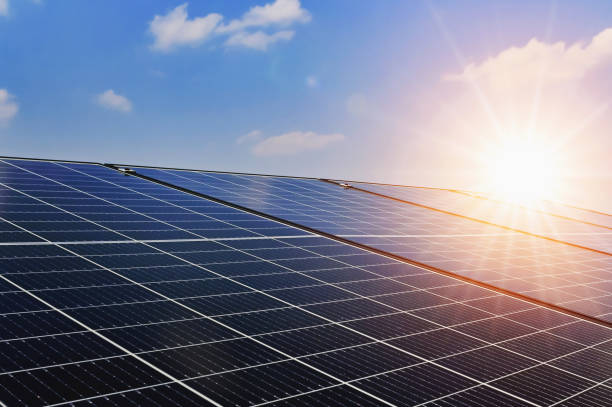🔧 Choosing the Correct Inverter Size
Step-by-Step Guide
1. Determine Your Peak AC Load Requirements
Begin by calculating the total power (in watts) that your farm requires at its peak. Add up the wattage of all essential appliances and equipment that may run simultaneously. This total represents your continuous load requirement.
For example, if you operate lighting, motors, and other machinery at the same time, sum their wattage ratings. This gives you the minimum inverter capacity needed to support your daily operations.
Always include a safety margin. Experts recommend adding about 10-20% extra capacity to cover unexpected surges or minor increases in demand. This extra margin prevents your inverter from being overloaded.
Write down your calculated continuous load, as this figure is the foundation for selecting an inverter that can comfortably handle your farm’s peak power requirements.
2. Understand Inverter Output and Efficiency
Inverters convert the DC power from your solar panels into AC power for your appliances. Each inverter has a continuous output rating that tells you the maximum power it can supply without interruption.
Efficiency is key—most inverters operate at 95% to 98% efficiency, meaning some energy is lost during conversion. It’s wise to choose an inverter with a slightly higher capacity than your calculated load to account for these losses.
Additionally, inverters come with surge ratings that indicate how much extra power they can handle temporarily. This is important for devices that need a high initial power draw when starting up.
Understanding both the continuous and surge ratings helps you select an inverter that meets your farm’s daily demands while also accommodating occasional power spikes.
3. Factor in Surge and Startup Loads
Many appliances, like refrigerators or motors, require a brief surge of power when they start up. This surge can be significantly higher than the normal operating load.
Review the surge power specifications for your major appliances. Identify the highest surge requirement among them; this will help you ensure that your inverter can handle these peaks.
It is important that your inverter’s surge capacity exceeds this peak demand to prevent overloads and potential damage. This extra capacity is like a safety net for your system during startup moments.
Including surge requirements in your calculations is critical. It ensures that your inverter can support your system reliably, even during high-demand periods.
4. Consider Future Expansion
When choosing an inverter, think about how your energy needs might grow over time. Future expansion could mean additional appliances or increased operational load on your farm.
Selecting an inverter with extra capacity now can save you from costly upgrades later. It allows your system to adapt as your farm’s energy requirements evolve.
Analyze your current power usage trends and any plans for future equipment. A slightly oversized inverter can provide a buffer, ensuring that your system remains efficient even as demands increase.
Document your current load and future projections. This record will help you make an informed decision and choose an inverter that will serve you well for years to come.
5. Inverter Sizing Wizard
Use this step-by-step wizard to guide you through calculating your inverter’s size. Fill in the details, and it will suggest a suitable inverter size.
6. Inverter Sizing Calculator
Use our interactive inverter sizing calculator to simplify the selection process. Start by entering your total continuous AC load in watts and the maximum surge load requirement from your most demanding appliance.
The calculator applies a safety margin—typically 20% extra capacity—to your continuous load to account for efficiency losses and surge demands.
It then suggests the minimum inverter size you should consider. This helps ensure that your inverter can handle both regular operation and unexpected power surges.
Once calculated, use this information to guide your purchasing decision, ensuring that your inverter has enough capacity for your current needs while leaving room for future expansion.

